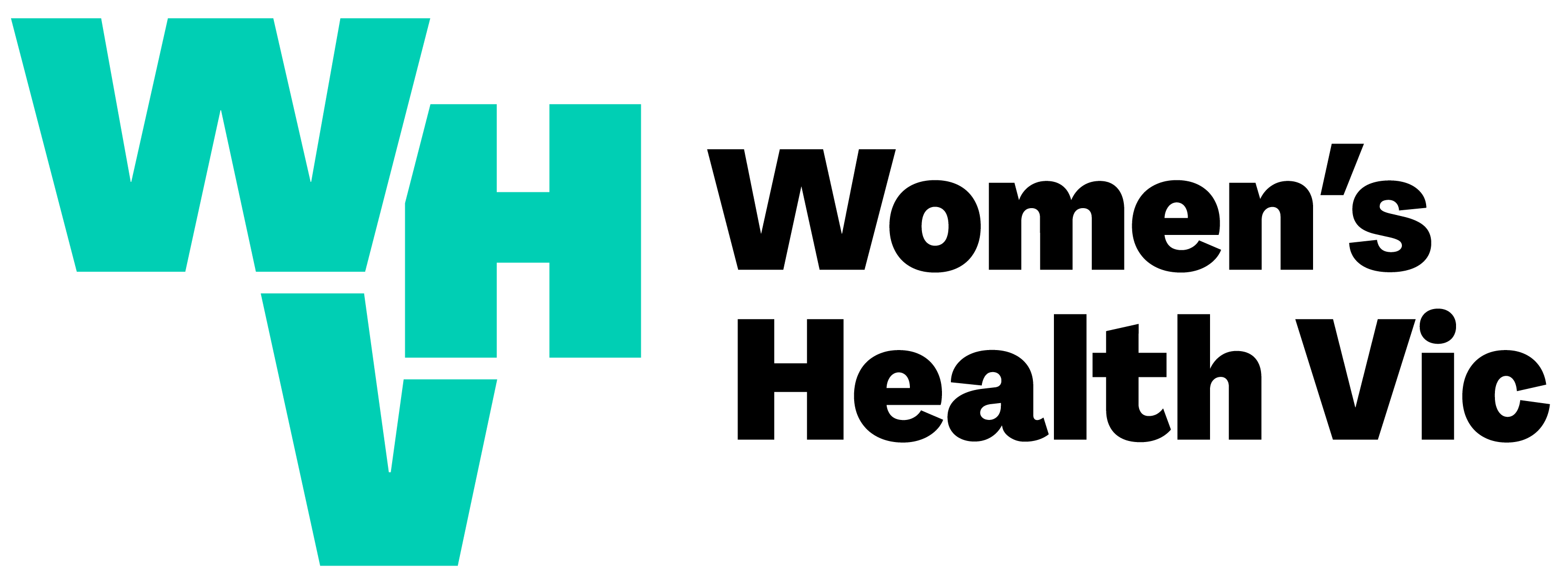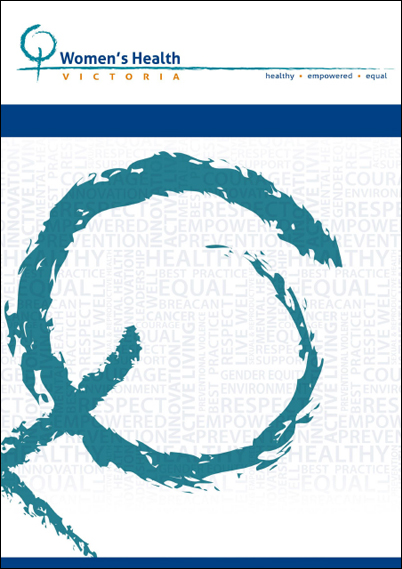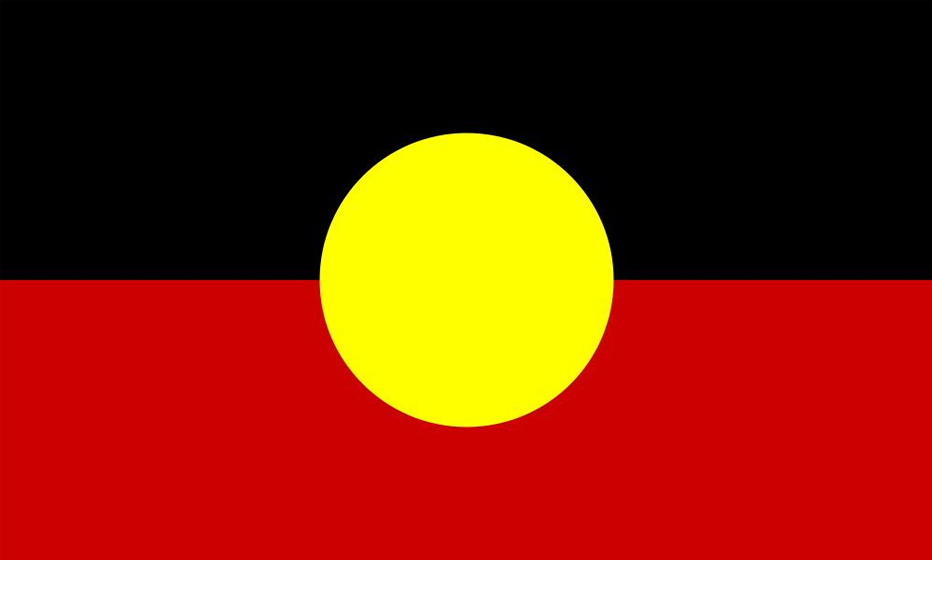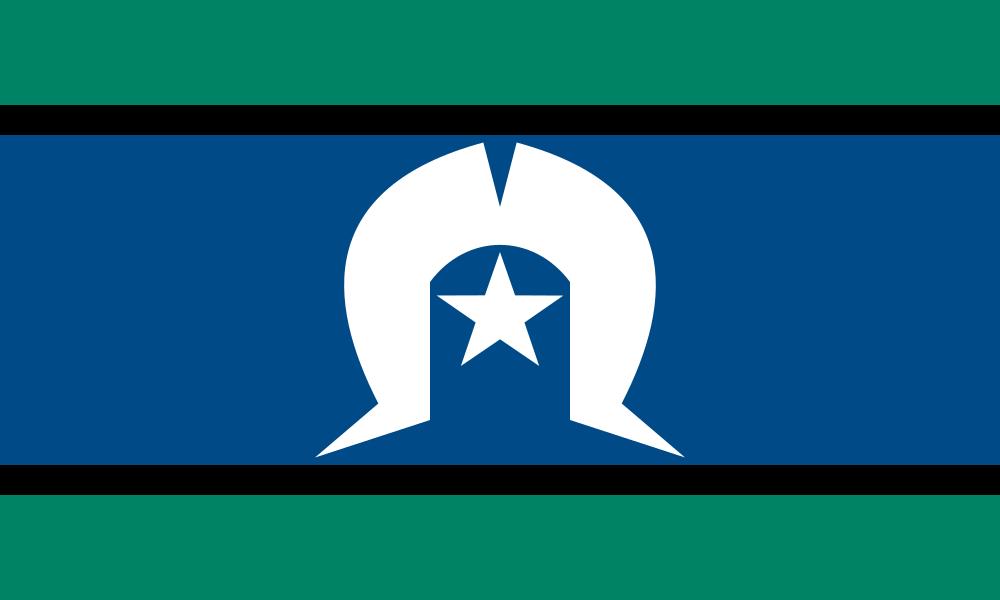A coalition of community groups, academics and activists has today called for the elimination of sexist advertising and more positive, diverse and realistic representations of women and girls in the media and public space.
The speakers explore the representation of women and girls in advertising and public spaces and how this perpetuates stereotypes that drive violence against women. Innovative opportunities to improve the representation and inclusion of women in Victoria are also discussed.
This infographic summarises in pictorial form the key messages from the Clearinghouse Connectors on Women in advertising and Sexualisation of women and girls.
This Clearinghouse Connector explores gendered online harassment on social media platforms and includes local and international advocacy and policy work by governments as well as women themselves. It features free up to date resources.
This Clearinghouse Connector presents a selection of freely-available current research on the impact of advertising on women’s health and wellbeing.
This Clearinghouse Connector on the sexualisation of women and girls contains a selection of up-to-date resources that are available online in full text. The information content is drawn from research, statistics, government policy, prevailing social conditions affecting women’s health status, and clinical and therapeutic management of health matters.
